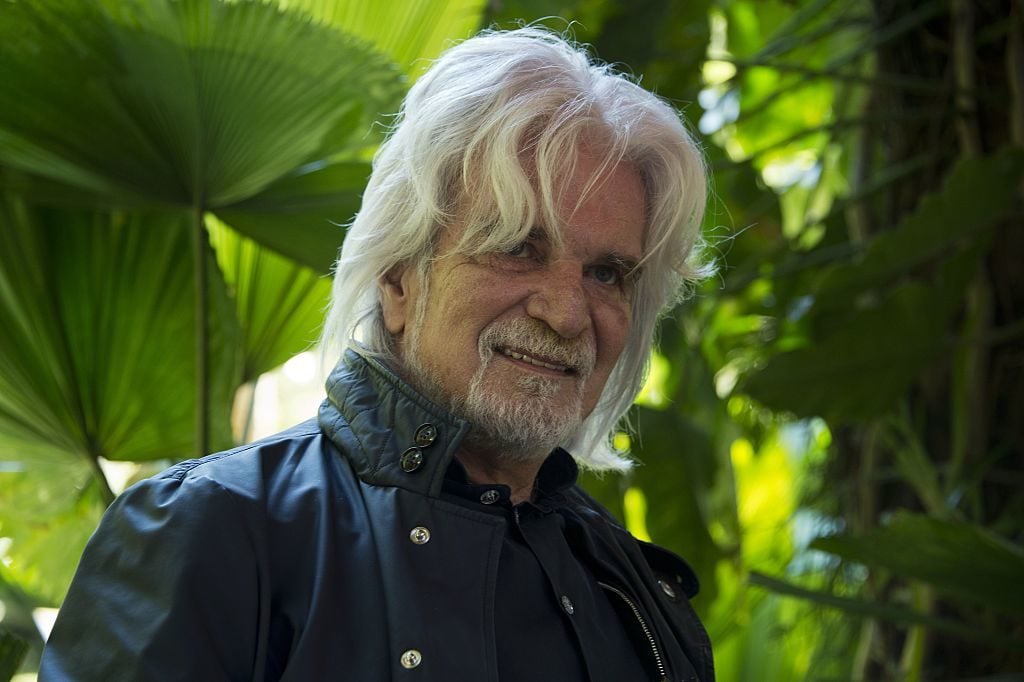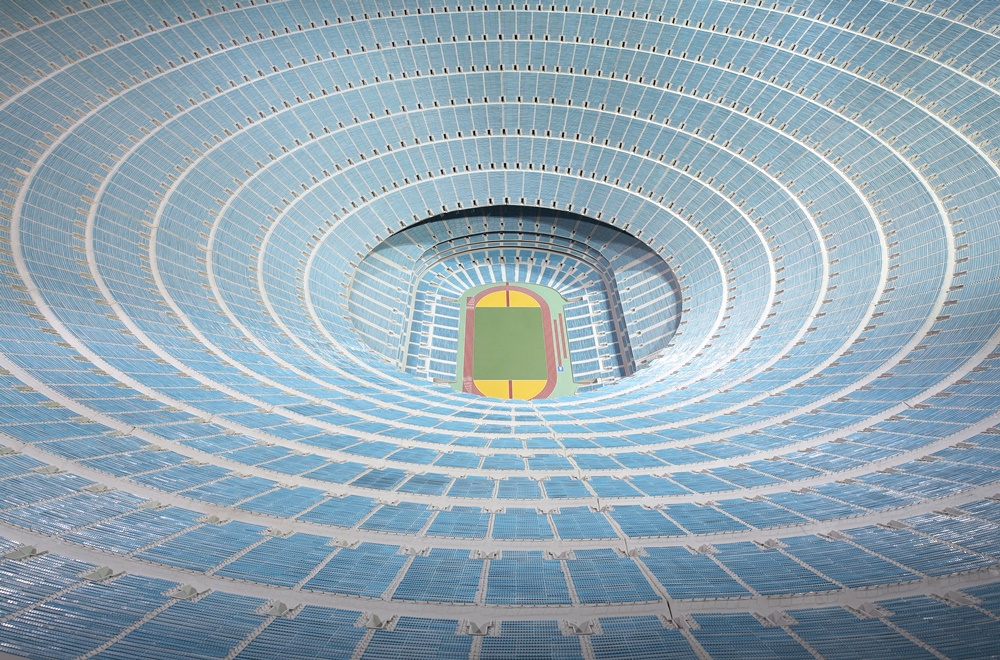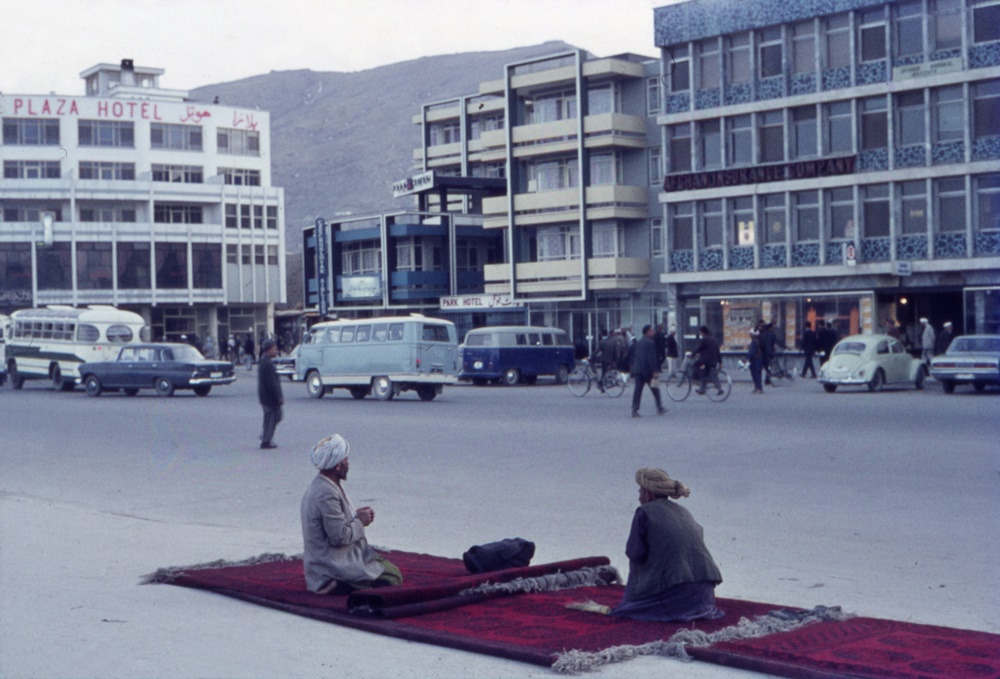Law & Politics
Brazil’s Inhotim Rolls Out an Ambitious Fall Program Despite Criminal Charges Against Billionaire Founder Bernardo Paz
The museum says that charges against Paz and his sister will not impact programming.

The museum says that charges against Paz and his sister will not impact programming.

Eileen Kinsella

Inhotim, the groundbreaking museum of contemporary art in southeastern Brazil founded by mining magnate Bernardo Paz, has just announced an ambitious lineup of new art installations. They’re opening to the public on September 6—even though it’s been less than a year since the Brazilian public prosecutor’s office convicted Paz and his sister Virginia of money laundering.
The multi-location program includes projects by David Lamelas, Robert Irwin, Yayoi Kusama—grouped together in one temporary space—as well as a major sculptural work by Paul Pfeiffer in another space. A third gallery space will be host to a show entitled “To See Time Go By,” dedicated to audiovisual art that will include works by John Gerrard (Ireland), Mario Garcia Torres (Mexico), Rineke Dijkstra (Netherlands), Jorge Macchi (Argentina), Marcellvs L. (Brazil), Peter Coffin (US), Phil Collins (England), and Susan Hiller (US). Many of these works have never been publicly shown in Brazil before.
Curators say the plan is part of the museum’s commitment to changing the work in its four temporary galleries every two years or so.
Paz was sentenced to nine years in jail, while his sister received five years and three months. Both are appealing the case and, under Brazilian law, criminals convicted of white-collar crimes are allowed to remain free until the conviction is upheld by at least one appeals court.
Asked what impact the criminal charges have had on museum programming, a representative told artnet News via email that “the legal problems involving Bernardo Paz did not impact Inhotim. Inhotim is an independent institution of Bernardo’s other companies. And Inhotim has its own calendar of events and exhibitions.”
The charges for which Paz and his sister were convicted, however, allege that the institution wasn’t wholly independent from the magnate’s other ventures. Government prosecutors say Paz set up a company called Horizontes to administer Inhotim and that Horizontes had received a total of $98.5 million from a Cayman Islands-based fund called the Flamingo Investment Fund between 2007 and 2008.
“These amounts were received as donations and/or loans to Insituto Cultural Inhotim, but soon afterwards were passed on, in various ways” to satisfy payments due from other Paz-owned companies, according to the prosecution statement. “There was clearly evidence of huge financial and accounting confusion between the various companies of the Itaminas Group,” which Paz owned until 2010, the statement concludes.
Paz stepped down as Inhotim’s chairman after his conviction and recently pledged 20 major site-specific works—including Matthew Barney’s De Lama Lâmina, Doug Aitken’s Sonic Pavilion, and four pieces by one of his ex-wives, artist Adriana Varejão—to satisfy $100 million he owes in taxes. It’s unclear how the works could actually be monetized to address the debt. Fortunately for Paz, Brazilian officials reportedly promised to keep the art at the museum because of Inhotim’s importance to the local economy.
The Inhotim spokesperson confirmed the artwork transfers but says “this agreement with the government is related to Bernardo’s tax debts. The agreement has no relation with Bernardo’s conviction over money laundering.”
So, is Paz a hero or a villain? Is he a white-collar criminal or an art-world patron saint who has been targeted by politically motivated prosecutors? It all depends on who you talk to and which newspaper you read.
In June, Bloomberg published an extensive and damning report titled “The Financial Crimes That Fueled a Fantastic Brazilian Museum.” Reporter Alex Cuadros took Paz to task for decades of abhorrent business management practices, ranging from stealing resources from residents on land occupied by his mining operations, breaking environmental laws, and relying on child labor, to laundering money and evading taxes to the tune of hundreds of millions of dollars. Acknowledging the praise often heaped on Paz and Inhotim from art-world denizens, Cuadros writes that the museum “is also a monument to the ubiquity of dirty money in the art market.”

Paul Pfeiffer, Cockatoo Island at the 2008 Sydney Biennale. Image courtesy of the artist and Inhotim.
Inhotim’s influential longtime curator and artistic director Allan Schwartzman, meanwhile, remans a fan of the magnate. His loyalty to Paz and Inhotim remains undaunted.
“It has been a challenging time in Brazil in general for all nonprofits,” Schwartzman told artnet News. “You have a visionary man who makes this commitment toward creating a museum and a botanical garden that’s meant to serve and bring permanent pleasure to the population—to a very wide cross-section of people who ordinarily wouldn’t have access to it. Then he’s charged with a crime that he and his attorneys insist he’s not in any way guilty of.”
(In addition to his work at Inhotim, Schwartzman also co-founded advisory firm Art Agency, Partners, which was acquired by Sotheby’s in early 2016, and he holds the title of chairman of Sotheby’s Global Fine Art division.)
Schwartzman’s faith in Paz is matched by his enthusiasm for the museum’s upcoming programming. “This is a moment where we have a particularly substantial concentration of major works that have never been exhibited,” he says. “The focus of the collection has been on major, large-scale installations, or commissioned works, or single-artist pavilions, but at the same time we’ve been assembling a collection of works that we feel resonate with, and are engaged in a discussion with the permanent works. Sometimes we buy things and they sit in storage until we find the right moment for presenting them.” (Inhotim also has had numerous permanent installations, such as a version of Kusama’s Narcissus Garden, in place since 2009.)
Paz’s attorney, Marcelo Leonardo, reaffirmed the appeal and said it was referred to the Federal Regional Court of Brasília but has not yet been tried. This past November, when the Brazilian criminal charges were made public, he told artnet News via email: “Bernardo Paz is innocent. The sentence is unfair.” He had already filed an appeal with the court. The case, the lawyer claimed, relates to the mining and steel companies in which Paz was a partner; the charges “have no relation to Inhotim.”

Mario García Torres, Projeção de slides com áudio Have You Ever Seen the Snow (2010). Image courtesy of the artist and Inhotim.
According to charges made public last November, Paz was convicted of the “crime of money laundering.” Brazilian prosecutors cited documents submitted by the country’s version of the IRS, noting that his “usual behavior was non-compliance with tax and social security obligations, revealing complete negligence on the part of companies in relation to the Treasury.”
Célia Neri, a spokeswoman for the prosecutor’s office in Minas Gerais, told artnet News that following Paz’s appeal, the case “went up to the Federal Regional Court of the 1st Region on February 1, 2018.” The next step, she explained, is to await the outcome, though she concedes it may take “a few years.”
Even after the next appeal decision, Neri said Paz and his sister may be able to appeal again—to a higher court, the Superior Court of Justice. “The nine-year sentence will only be served after—and if—the higher courts do not comply with his appeals,” she said.
Meanwhile, the work at Inhotim will continue as scheduled. In the coming months, institution’s leaders say they expect to break ground on a major outdoor sculpture from Robert Irwin that is slated to be built within a year’s time. The institution will also begin construction on a permanent pavilion for another Kusama work it has acquired.